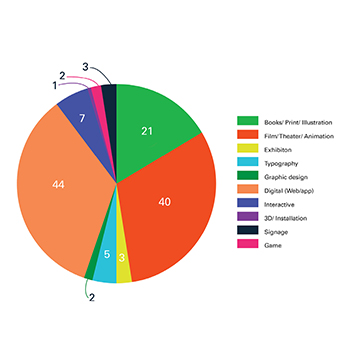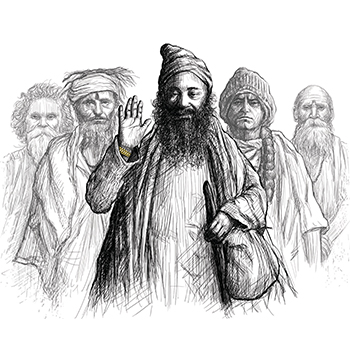Rahul Kumar Dhanuk is an ambitious design professional for UI/UX, graphic design, design education (UG/PG), and coaching for NIFT/NID/CEED/UCEED. He received his M.Des in visual communication design from IDC (IIT Bombay) in 2017. Prior to that, he did his bachelor's of engineering in information technology from the RCC Institute of Information Technology. His previous work experiences are: Intern, Creative Faculty at Pahal Design Education Private Limited (2018–2020), Assistant Professor at Amity University (2020–2021), Faculty, Graphic Design at iLEAD Kolkata (2021), Part-Time Faculty at École Intuit Lab (2021–2022).




